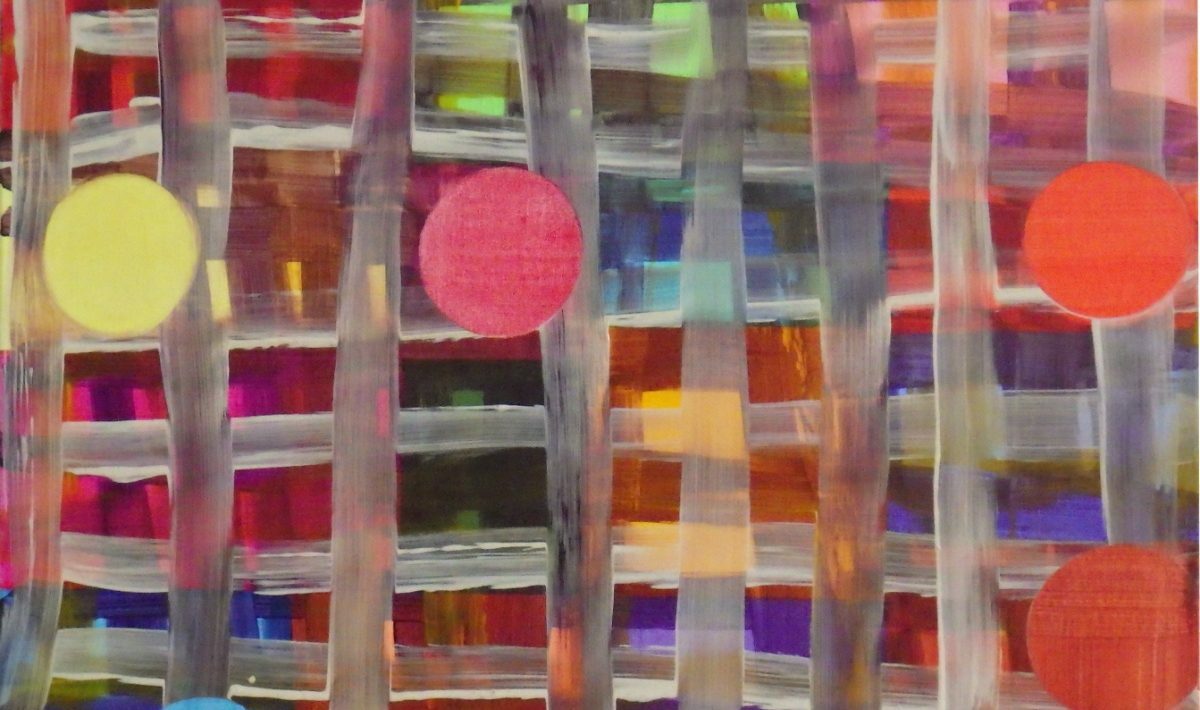In this article, naïve art painter David Berkowitz Chicago will share with you a few ideas on how to work with color and music. Color is always seen in context. Its appearance changes according to its relationship with neighboring colors and the space it occupies. Its meaning also changes based on learned cultural associations.
Artists use color for many different purposes including:
- By your immediate physical presence.
- To express meaning, whether emotional, personal or universal symbolic.
- Systematically – for example, by limiting yourself to exact trichromatic primaries or certain complementary colors to control layering or optical sensations. Arbitrarily, simply to identify separate layers, as in the artwork of David Berkowitz Chicago.

Artists also approach their uses of color in many and very different ways:
- Improvisation: Each decision is made in response to what was previously done, as a product of the individual subconscious repertoire of strokes and spots or visual external references, or both.
- Control: For example, with a grid structure and with a default set of colors.
Many artists fall somewhere between these extremes and combine aspects of improvisation with other aspects of control.
Chicago-based artist David Berkowitz speaks of the following form of his work, “In my paintings, I try to highlight the differences of the colors through their interactions and, while allowing each color to retain its distinctive character, I do not let any of them dominate and break the unity.”
Visual Music and Synesthesia
Artists often associate their color scheme with music, be it free jazz, Bach’s instrumental compositions, or modern electro music. The correspondence between musical structures and color harmonies has been investigated since Plato. In his description of Kandinsky, Roger Fry described Visual music as the translation of music to painting. He believed that color combinations produce vibrational frequencies similar to musical chords. This is easily confused with synesthesia: music prompts some artists to see certain colors and to try to capture their music-color sensations in painting. Color organs, videos, and computers are also used to generate color responses to music.
Three Projects to Work with Color and Music
Select a harmonic color or group of colors. Break this selection with a contrasting color to create a reaction or to darken the previous layer. Find a balance using complementary colors of the same tonal value.
Consider the tonal keys of color: pure pigments for the high key, colors mixed with white or black for the low key. Colors are likely to resonate more if there is a key shift, for example, if the higher-key color is introduced into an image with a low-key dominance.
Take into account the location and shape of the spaces occupied by the different colors in relation to the format of the work. Do the shapes have a particular meaning or are they less neutral containers of color? What tensions or optical or spatial effects occur when certain colors are placed on or near the edge, or in the center of the composition?

